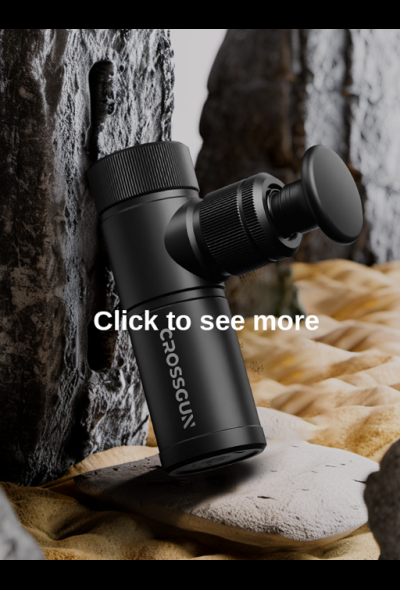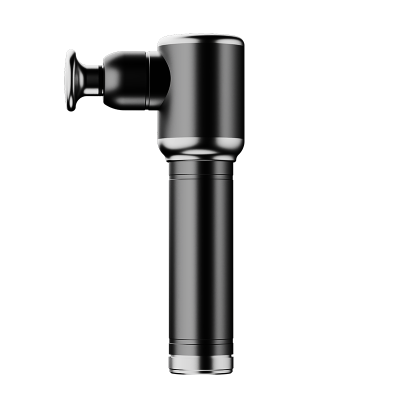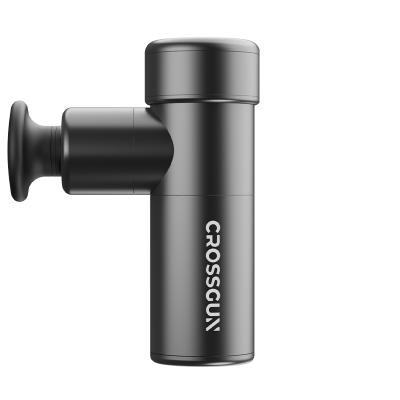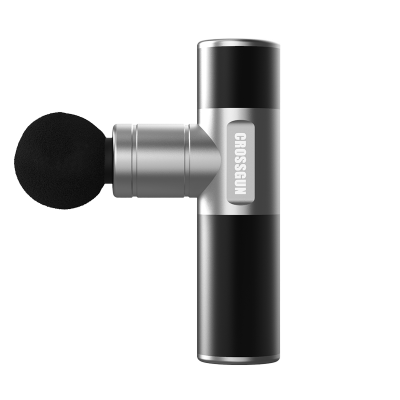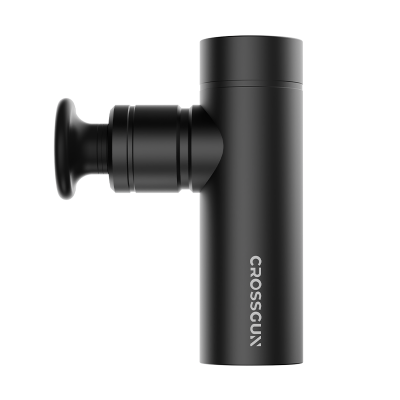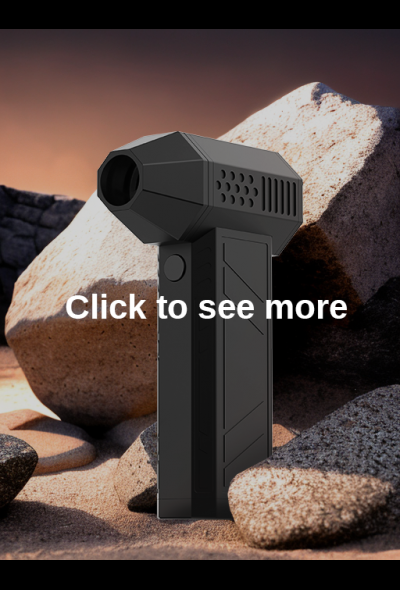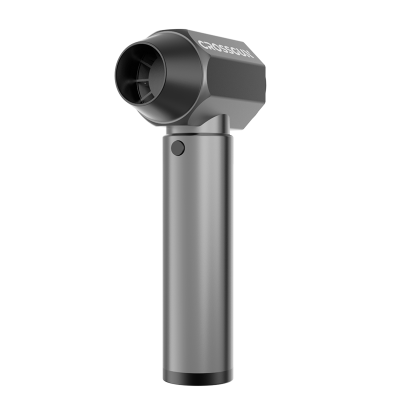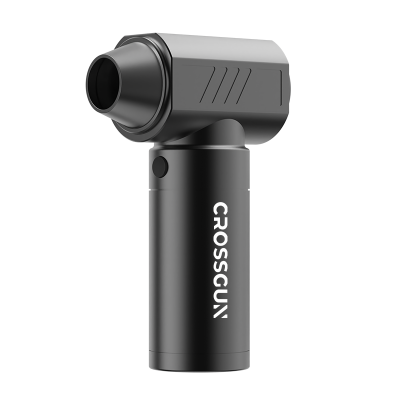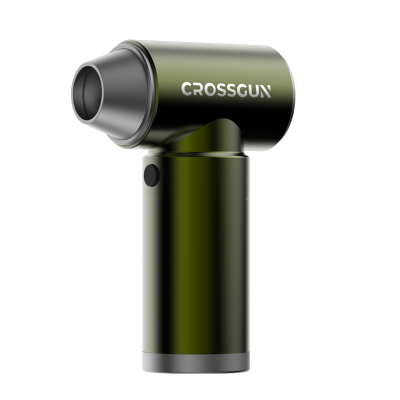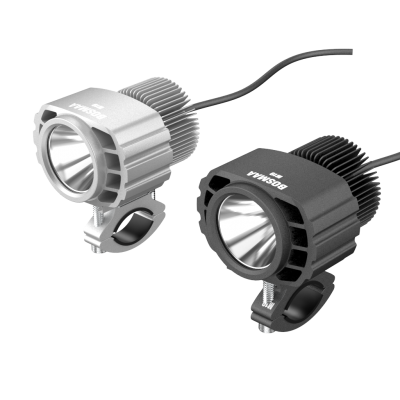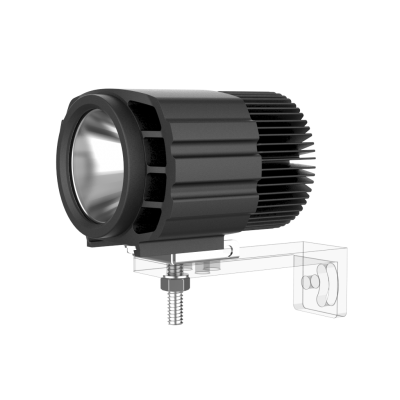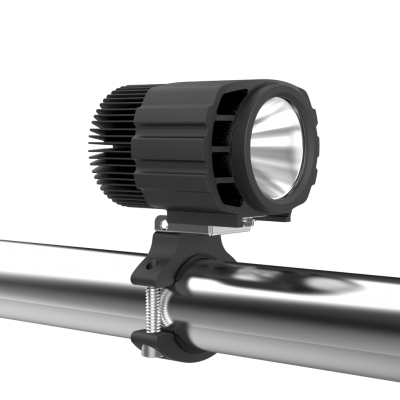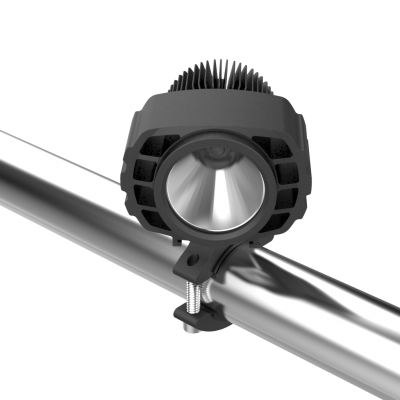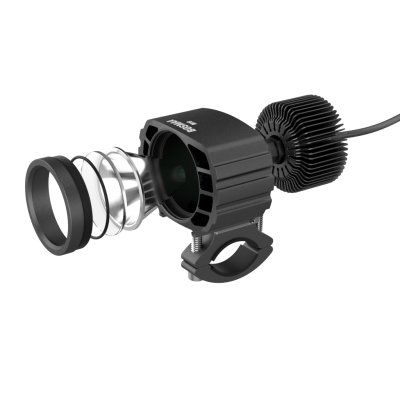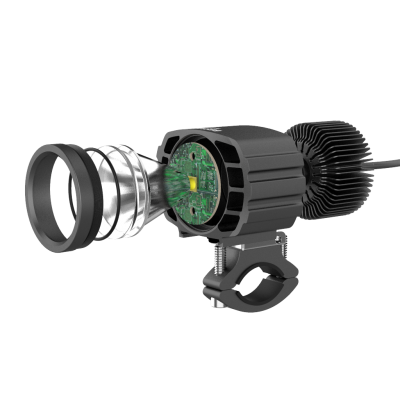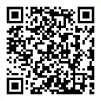Complete Guide to Using Automotive Lighting Fixtures
Time:2024-08-29
Views:801
During the novice driver‘s license exam, the use of lighting is a mandatory test, indicating its importance in driving. Today, we will briefly introduce the correct usage methods of various car lights for car owners.
Usually, the lighting control and adjustment of German and American car models are set at the bottom left of the steering wheel, and the markings are also easy to understand. The above picture is an example of an Audi model. Models without automatic headlight adjustment will be equipped with a manual adjustment knob for the annealing furnace. By turning on the low beam and pushing the turn signal lever forward, it can be converted to high beam. Pulling it back will flash the high beam briefly, which is commonly known as flashing lights. Many car owners often use it when passing by.
The identification and operation of the roof lights are relatively simple, with the interior lighting button located at the corner of the light to turn on or off the front reading light.
Correct use of various car lights
Use of width indicator lights:
The color of the width indicator light is white at the front and red at the back, and it is used to let other vehicles see it when driving in the evening. When you can‘t see the back clearly from the rearview mirror, you should turn on the small light, especially on rainy days. But many drivers will use side lights instead of low beams to drive in the dark, which is very dangerous because side lights cannot illuminate the road ahead.
Use of low beam headlights:
The low beam must be turned on in the following situations: driving in dark areas without streetlights, and driving in the evening when the sky is dark or when dawn is just beginning; If there is heavy fog, snow or heavy rain and the line of sight is obstructed, the low beam must be turned on even during the day; In some road sections, although there are lighting devices, the brightness is not enough, and low beams should also be turned on.
It should be noted that in the evening, when deciding whether to turn on the low beam, you can check your rearview mirror. If you see the car behind you starting to blur from the rearview mirror, it means you should turn on the low beams in time.
Use of high beam headlights:
High beam headlights can only be used when there are no other lighting devices on the road and no vehicles driving on the opposite side. Otherwise, it will seriously interfere with the other party‘s line of sight and even cause traffic accidents. Be careful not to mistake the high beam for the low beam. When encountering the following situations, it is necessary to immediately replace high beams with low beams: first, there is a car coming from the opposite side; second, the distance to the car in the same direction ahead is relatively close; third, when there is sufficient lighting on the road; and third, when passing through railway intersections and returning to busy streets. Some driver friends may have encountered this situation: the driver of the opposite car turned on the high beam very unfriendlyly. What should be done in this situation? Don‘t worry, experts will teach you two tricks: first, don‘t look at its headlights and shift your gaze to the right side of the car; The second is to slow down the speed, honk the horn appropriately, and if it doesn‘t work, stop the car.
Usage of fog lights:
When encountering foggy, rainy, or snowy weather with unclear visibility, it is necessary to turn on the front fog lights, and daytime is no exception. Many car models design fog lights to be used in conjunction with position lights or low beam lights. Some drivers only use high beams in foggy weather, which is very dangerous. Because the design of high beam headlights is to illuminate a large area, it is easy to cause scattering in fog, resulting in scattered light clusters and a snowy white area in front of the driver, making it difficult to see ahead.
Some drivers believe that their visibility is poor at night and turn on the fog lights and headlights together, while others use the rear fog lights as position lights, which is also incorrect. In fact, fog lights should not be turned on unless there is fog or sandstorm weather, and rear fog lights can only be used when the visible distance is less than 50 meters. Because the fog lights look very dazzling to both the driver of the opposite vehicle and the driver behind.
The use of daytime running lights:
When the car engine is started, the daytime running lights automatically turn on and continuously increase in brightness to attract the attention of other motor vehicles, non motor vehicles, and pedestrians on the road. When night falls and the driver manually turns on the low beam, the daytime running lights automatically turn off.
The use of dual flashing lights:
There is a button with a red triangle on the dashboard of the vehicle, press it to activate the dual flash. The function of dual flashing lights is to alert other vehicles and prevent rear end collision accidents in the event of an accident. In addition to situations such as vehicle malfunctions or temporary parking, it should also be used when encountering weather conditions such as fog, rain, snow, dust, etc. with visibility less than 100 meters.
Use of brake lights:
The brake light is associated with the brake pedal. When the driver steps on the brake pedal, the brake light will turn on and emit a red light, reminding vehicles behind to pay attention and not rear end. When the driver releases the brake pedal, the brake lights turn off.
Use of license plate lights:
The license plate light of a car is a light that is turned on together with the driving position light (position light, commonly known as a small light or width indicator light, which mainly indicates the presence and width of the vehicle) at night or when the sky is dark. It is generally used to cooperate with police tracking and surveillance work at night. The license plate light does not have a separate switch, it is controlled by the same switch as the small light.
The use of reversing lights:
The reversing lights also do not have independent switches, and they are associated with reverse gear and do not need to be operated separately.
Use of turn signals:
The turn signal is the main device that represents the dynamic information of a car. It is installed in the front and rear of the car and turns on when the car turns. It provides a guarantee for driving safety. For your and others‘ safety, please use the turn signal according to regulations, so that people can know the direction of the car in advance and make correct judgments.

